Salsa, Spice, and Everything Nice: 7 Herbs That Bring Mexican Food to Life!
Ever bitten into a taco and wondered why it tastes like a fiesta in your mouth? Well, it's not just the cilantro (though that helps!). Mexican cuisine is a flavor explosion, and a big part of that magic comes from its beloved herbs. Whether you're simmering up some sopes or grilling tacos al pastor, knowing your herbs can make the difference between "meh" and "¡Ay, qué rico!"
Table of Contents
- Intro
- Top 7 Herbs for Mexican Cuisine
- How to Use These Herbs Like a Pro
- Dried vs Fresh: What’s Better?
- Botanical Breakdown: Where Do They Come From?
- Fun Facts & Flavor Hacks
- Conclusion
Top 7 Herbs That Make Mexican Dishes Sing
Mexican cooking uses a mix of native and introduced herbs that layer flavor, aroma, and cultural identity. Here are the seven stars of the spice rack when it comes to authentic Mexican cuisine:
- Cilantro (Coriander) – The king of Mexican freshness
- Epazote – The secret gas-busting herb
- Oregano (Mexican style) – Not your Italian grandmother’s kind
- Parsley – Often underrated but always useful
- Cumin – Technically a seed, but behaves like an herb
- Hoja Santa – The sacred leaf with licorice vibes
- Avocado Leaf – A rare but fragrant treasure
| Herb | Main Flavor Notes | Best For | Native To |
|---|---|---|---|
| Cilantro | Fresh, citrusy, soapy (to some) | Salsas, garnish, guacamole | Southwest Asia/Mediterranean |
| Epazote | Medicinal, citrus, petroleum-like | Black beans, quesadillas | Mexico/Central America |
| Mexican Oregano | Earthy, floral, more intense than Mediterranean oregano | Stews, soups, moles | Central Mexico |
| Parsley | Grassy, mild bitterness | Herb blends, fresh garnish | Mediterranean |
| Cumin | Earthy, nutty, smoky | Spice blends, tacos, stews | Mediterranean/North Africa |
| Hoja Santa | Anise/licorice, minty undertones | Mojo de ajo, fish dishes | Mexico, Central America |
| Avocado Leaf | Floral, anise, fruity | Pipian sauces, meat marinades | Mexico |

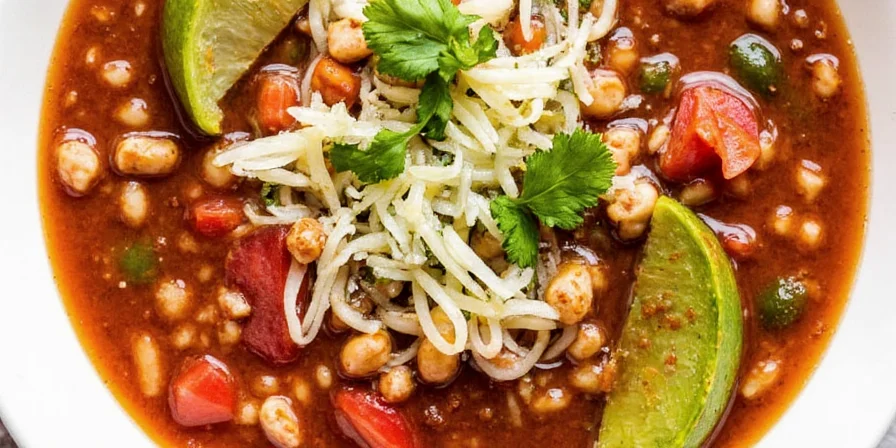
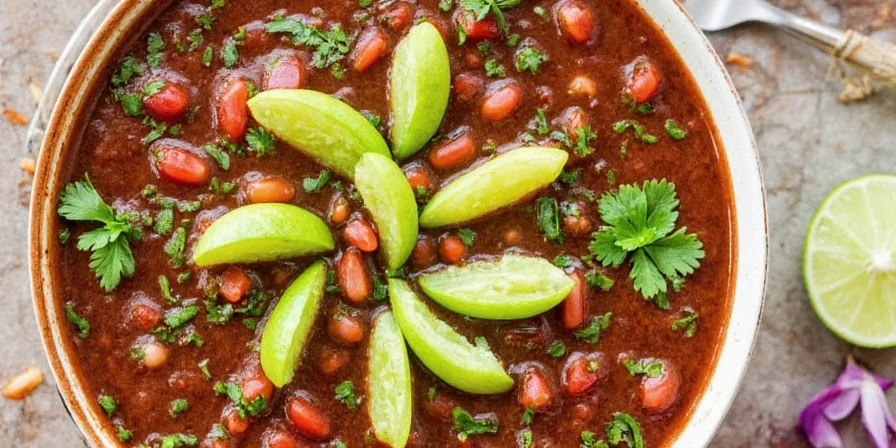
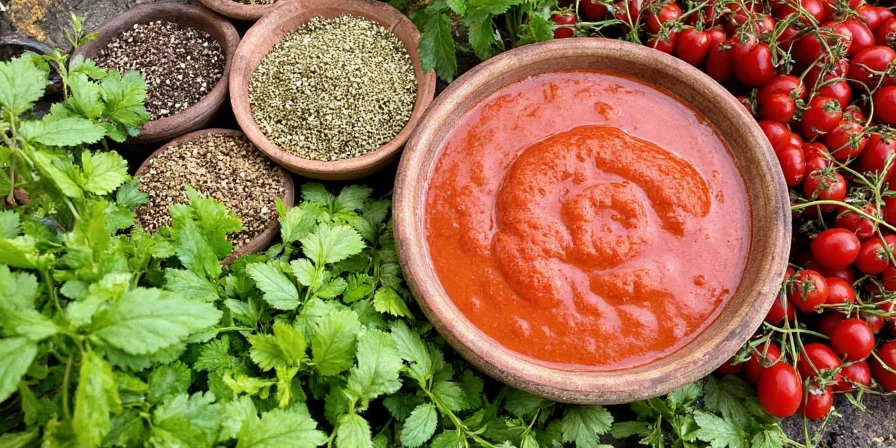
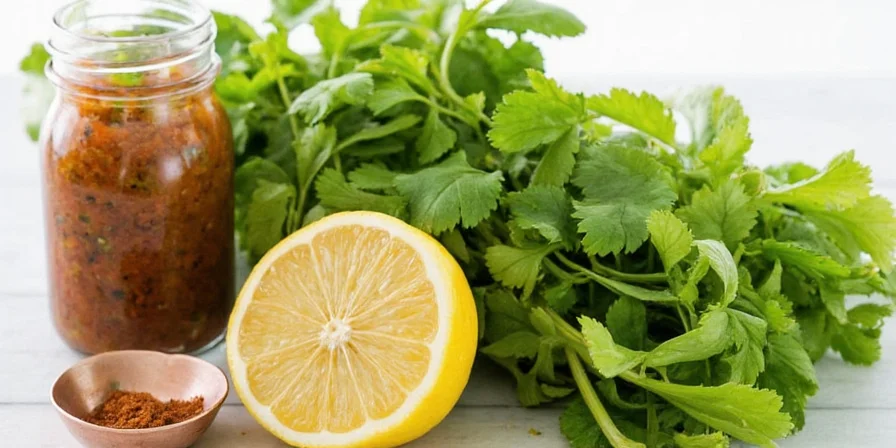
How to Use These Herbs Like a Pro
Using herbs right is like playing guitar—knowing which strings to pluck makes all the difference. Let’s break it down:
- Cilantro: Always use fresh! Add at the end of cooking or as a garnish. Toss into salsas, drizzle over enchiladas, or sprinkle on tacos.
- Epazote: Toss a few leaves into beans while cooking or stuff inside quesadillas before grilling. Don’t overdo it—it’s strong!
- Mexican Oregano: Best when toasted lightly or steeped in broth. Adds depth to moles and pozole.
- Parsley: Great for blending into salsas verdes or mixed with other herbs for a fresh kick.
- Cumin: Toast whole seeds in a dry pan first to unlock flavor. Perfect for seasoning meats, chorizo, and chiles rellenos.
- Hoja Santa: Wrap around fish or tamales before steaming. It infuses subtle flavor and adds visual flair.
- Avocado Leaf: Use sparingly in sauces made from pumpkin seeds (pipián). It gives a delicate floral note that elevates the dish.
Dried vs Fresh: What’s Better?
It’s not about better—it’s about purpose! Here’s how to choose:
- Dried herbs like Mexican oregano or cumin hold up well in long-cooked dishes. Their oils are more concentrated, making them ideal for slow-simmered moles and stews.
- Fresh herbs such as cilantro, parsley, and hoja santa should be added at the end or used raw. They lose their punch when cooked too long.
- Pro Tip: Freeze chopped cilantro in olive oil ice cubes for a quick flavor boost later!
Botanical Breakdown: Where Do These Herbs Come From?
Beneath the flavors lies a botanical story. Many of these herbs have deep roots in Mesoamerican history and indigenous traditions.
- Cilantro (Coriandrum sativum): Introduced by Spanish colonizers, now indispensable in modern Mexican cuisine.
- Epazote (Dysphania ambuastralis): Native to Mexico and Central America, it was used medicinally long before it hit the plate.
- Mexican Oregano (Lippia graveolens): Different species from Mediterranean oregano; has a spicier, more resinous profile.
- Hoja Santa (Piper auritum): Also known as “Sacred Leaf,” it grows wild in many parts of Mexico and is used both culinarily and ceremonially.
- Avocado Leaf (Laurus nobilis var. mexicana): A close cousin of bay laurel, often mistaken for true bay leaves.
Fun Facts & Flavor Hacks
Want to impress your dinner guests or just up your taco game? Try these spicy secrets:
- If you’re sensitive to “soapy” cilantro (yes, it’s genetic), try using parsley instead. Or blend a bit of lime juice into your salsa—it helps mask the off-putting taste.
- Epazote doesn’t just add flavor—it actually reduces flatulence caused by beans. So go ahead, eat those frijoles sin culpa.
- Hoja Santa leaves can double as edible plates. Serve fish tacos wrapped in them for a rustic, aromatic presentation.
- Toast cumin seeds with dried chilies for a homemade adobo or rub. Store in a jar for quick taco seasoning anytime.
- Mexican oregano goes great with citrus zest. Grate a little orange peel into your mole for a zesty twist.
Conclusion
Mexican food isn’t just about heat—it’s about harmony. And nothing brings that balance quite like the right herbs. Whether it’s the bright pop of cilantro, the earthy depth of Mexican oregano, or the mysterious allure of hoja santa, each one plays a role in the culinary symphony that is Mexican cuisine.
So next time you're whipping up a batch of tacos or diving into a bubbling pot of pozole, don’t forget your herbal allies. They might not wear capes, but they’ll definitely save your dish from blandness. ¡Buen provecho y buen sazón!

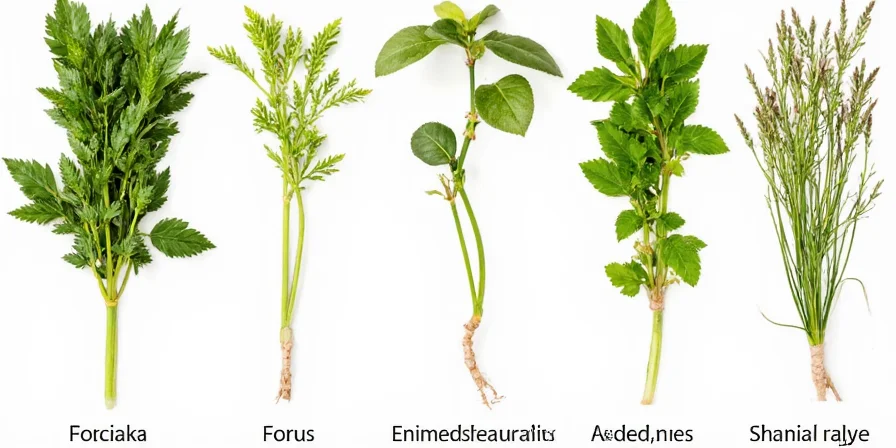









 浙公网安备
33010002000092号
浙公网安备
33010002000092号 浙B2-20120091-4
浙B2-20120091-4